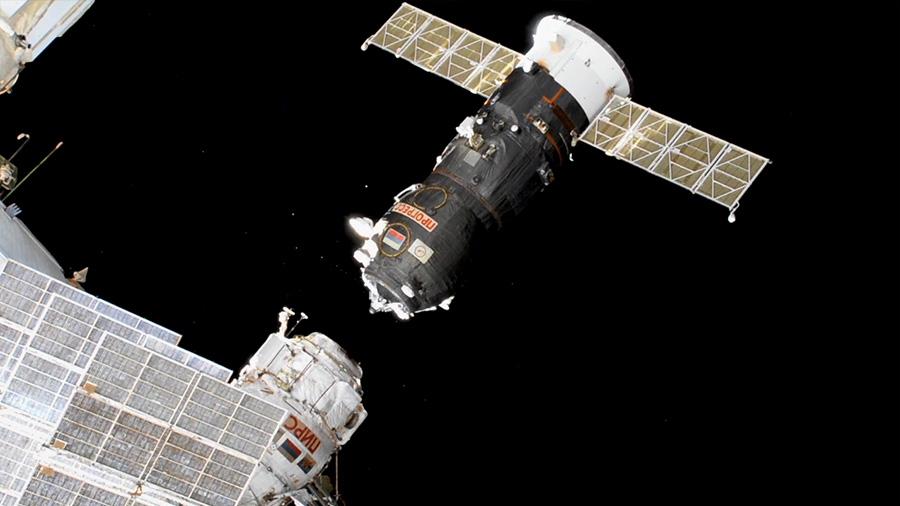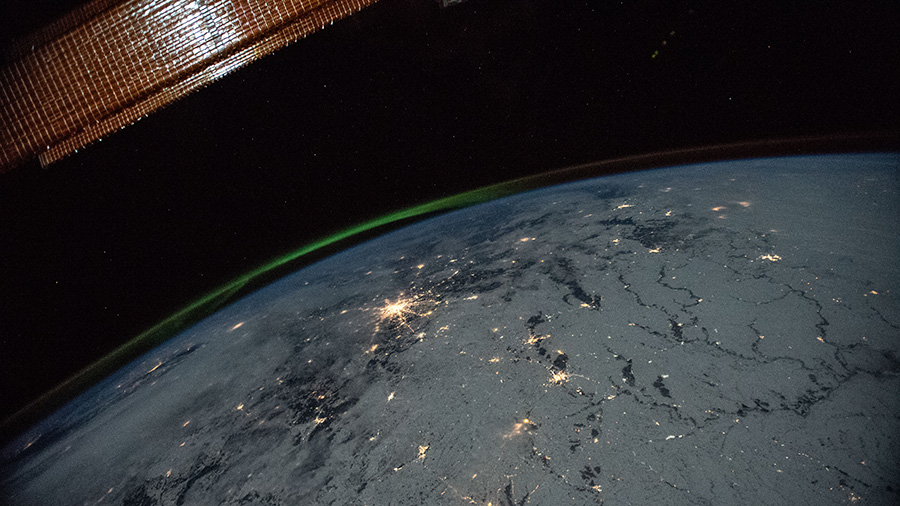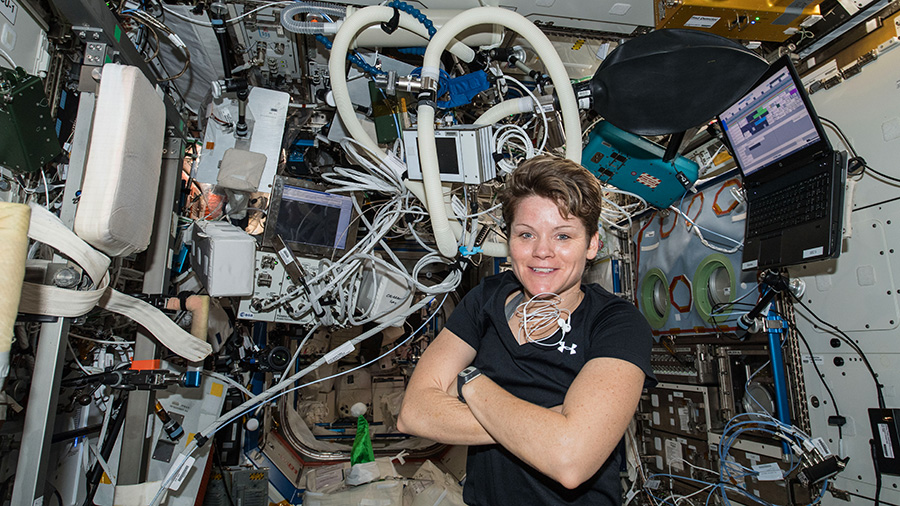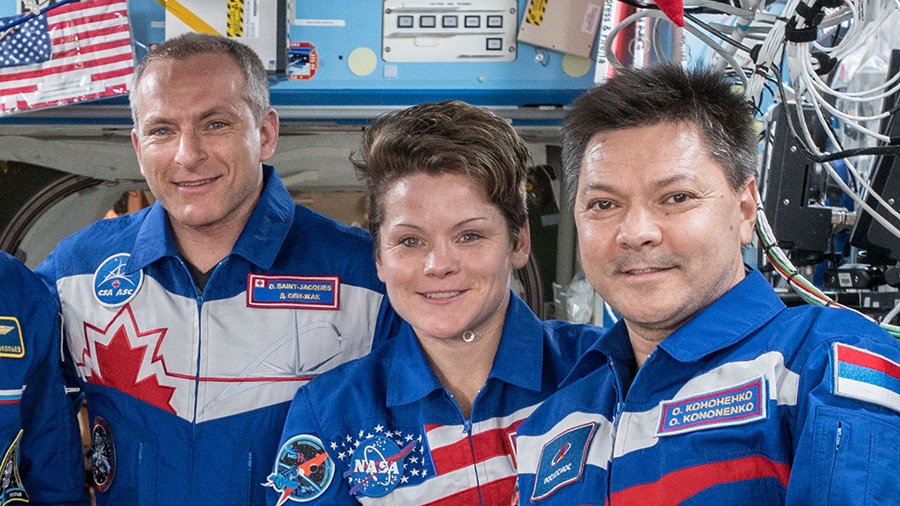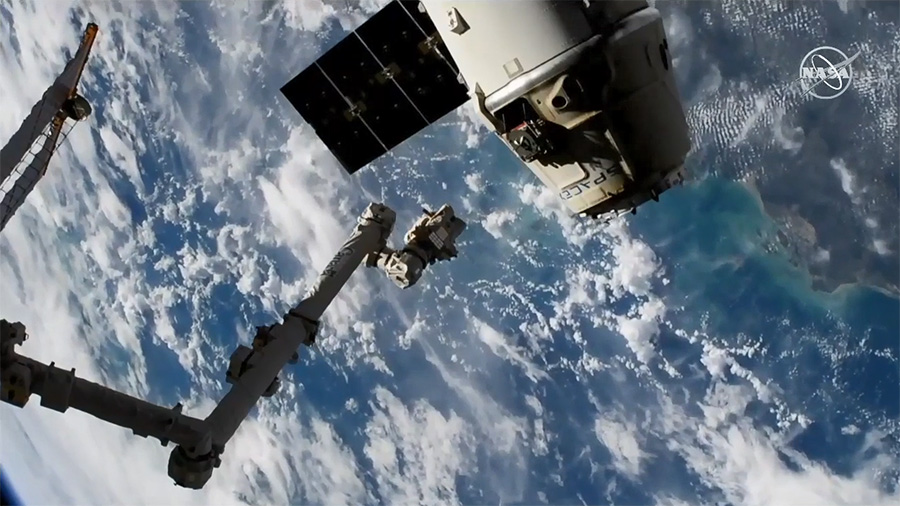Free Solutions!
Solution number 1: There is nothing free in this world. Everybody seems to want your money and so the solution is to barter with flowers and vegetables and buy only the basic necessities of life.
Most companies and individuals who are swimming in money today create computer programs that distribute personalized form letters to everybody on Earth. They use Data Mining to obtain names and information from thousands if not millions of different sources. Once a mailing list is compiled with enough personal information, the companies and governments and non-profits send out emails and even post office letters to people who fit the right criteria. People most likely to buy the product or donate to a specific cause. Most people feel great when they receive a personal letter from someone they perceive as important or a cause that stirs up their emotions. Form letters make almost anyone feel important right up until the words "buy" or "donate" pop up near the end of the page.
Suddenly the personalized form letter feels dishonest. It is almost like it suddenly declared: "nothing personal, we just want your money."
I often felt important reading a letter personally addressed to me from a politician or group I trusted until I read the word 'DONATE' and realized I was just another number on a very long list..
Solution number 2: If you want to regain some freedom. Remove your name from as many mailing lists containing the word donate as possible! If you have a non-profit you like and want to keep, I advise you place it in a private file away from your mailbox.
Solution number 3: Curiosity suckers! Are you a curious person? Would you like to know the incredible story of how millions of curious people are lured into reading advertising on the Web? Find out for yourselves simply by finding the word INCREDIBLE which introduces a never ending story that has been cut into a dozen parts surrounded by advertising. To get to the end of the incredible story you are forced to wade through a quick-sand swamp of advertising. You have been lured into an advertising trap! Isn't that Incredible!
Solution number 1: There is nothing free in this world. Everybody seems to want your money and so the solution is to barter with flowers and vegetables and buy only the basic necessities of life.
Most companies and individuals who are swimming in money today create computer programs that distribute personalized form letters to everybody on Earth. They use Data Mining to obtain names and information from thousands if not millions of different sources. Once a mailing list is compiled with enough personal information, the companies and governments and non-profits send out emails and even post office letters to people who fit the right criteria. People most likely to buy the product or donate to a specific cause. Most people feel great when they receive a personal letter from someone they perceive as important or a cause that stirs up their emotions. Form letters make almost anyone feel important right up until the words "buy" or "donate" pop up near the end of the page.
Suddenly the personalized form letter feels dishonest. It is almost like it suddenly declared: "nothing personal, we just want your money."
I often felt important reading a letter personally addressed to me from a politician or group I trusted until I read the word 'DONATE' and realized I was just another number on a very long list..
Solution number 2: If you want to regain some freedom. Remove your name from as many mailing lists containing the word donate as possible! If you have a non-profit you like and want to keep, I advise you place it in a private file away from your mailbox.
Solution number 3: Curiosity suckers! Are you a curious person? Would you like to know the incredible story of how millions of curious people are lured into reading advertising on the Web? Find out for yourselves simply by finding the word INCREDIBLE which introduces a never ending story that has been cut into a dozen parts surrounded by advertising. To get to the end of the incredible story you are forced to wade through a quick-sand swamp of advertising. You have been lured into an advertising trap! Isn't that Incredible!






